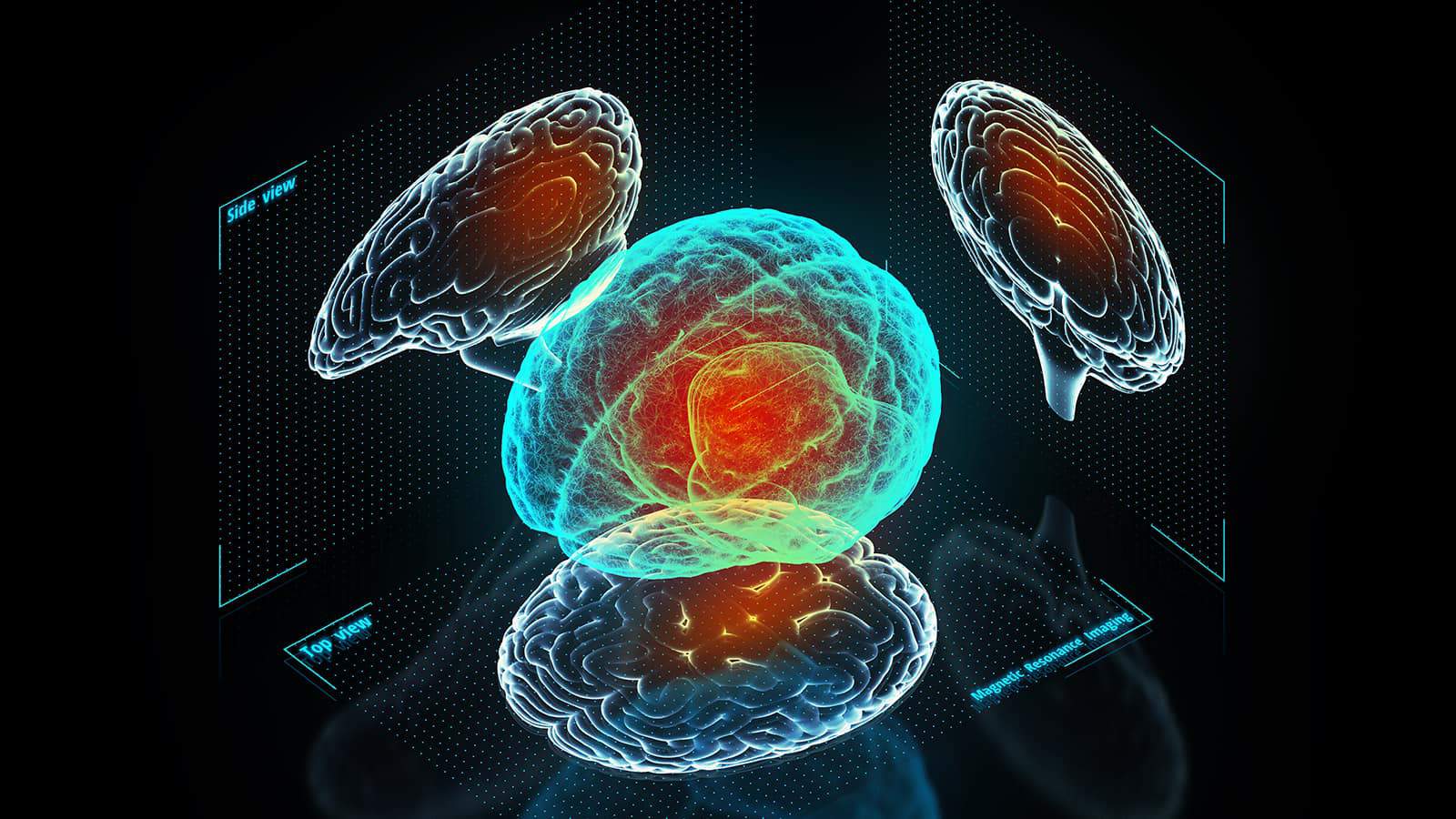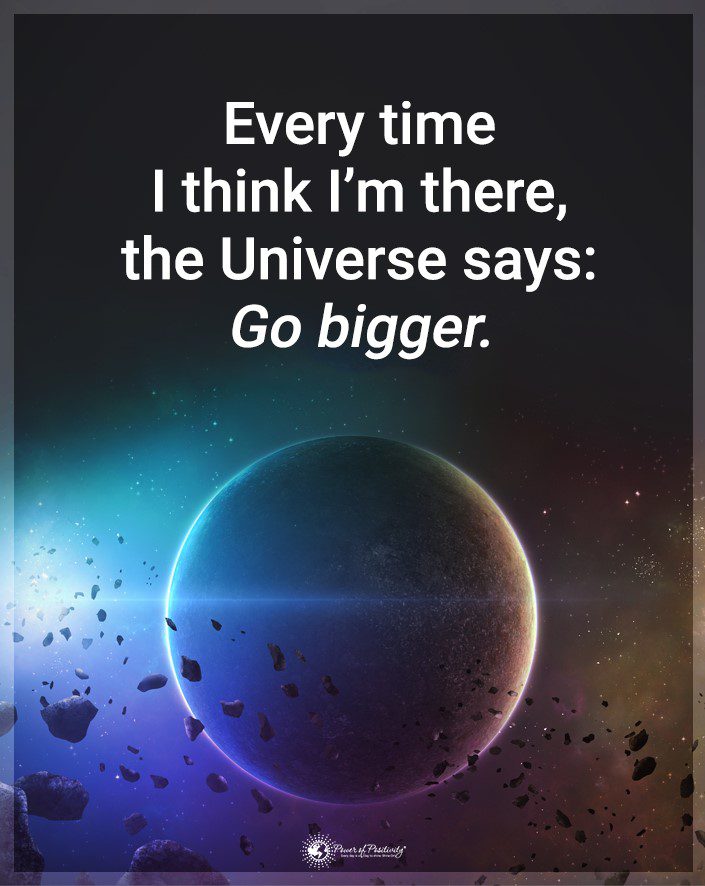R2-D2 being able to transmit a hologram of Princess Leia was the coolest thing ever back in the late 70s when “Star Wars: A New Hope” was first on the big screen. More recently, we have seen holograms in our cards or money.
In 2019, there are card game enthusiasts who are designing holographic images of the monsters in games such as Yu-Gi-Oh for use in tournaments. When we imagine our future, we might see holographic projections of cell phone apps in front of our faces as we walk down the street.
What if those same holographic images were able to create sensations such as touch, memory, or hearing things that weren’t actually real? What if certain sensations could be omitted, such as painful ones? Scientists recently revealed a device that can project holograms into your brain to create new experiences.
How do engineers create a hologram?
A hologram, according to Merriam-Webster, is “a three-dimensional image reproduced from a pattern of interference produced by a split coherent beam of radiation. A laser is a great example.” The scientific term for the process of making a hologram is holography.
Light travels in waves. A hologram records the light waves as they bounce off an object. When a light wave bounces off an object, its changes form into an interference wave. Think of when you toss a pebble into a pond over your reflection; you see an image of yourself in the water but that image appears slightly distorted. In a light wave, due to the discovery of lasers, that distortion is minimal and can be projected onto an outside source.
Lasers help create 3D holographs due to how the light operates from a laser. Light from a laser has a constant flow of light that moves in consistent phases. Therefore, the entire area is getting consistent light waves, which then bounce off more equal to the original light source. Holography acts like photography. Original photograph images can be captured by allowing the light bouncing off an object to be reflected off a mercury-coated surface and then it is captured onto a different surface.
Real-world uses for holograms
Holograms have several uses, and their potential for changing how we interact in the world is impressive.
Use of holograms in the entertainment and marketing industry:
Various big-name brands are using holograms to invoke excitement for their products and to gain information about the users.
In Los Angeles, CA, September of 2017, an augmented reality company, VNTANA, partnered with an intelligent engagement company, Satisfi Labs, and created the first AI concierge. This concierge was interactive in its responses to the public. People could communicate with the hologram and ask questions related to the particular event it was hosting.
The Death Star hologram was made available to those who purchased a deluxe edition of the Star Wars soundtrack for the Star Wars’ 40th anniversary.
Coachella put on a holographic concert in 2017 of Tupac Shakur. The same company who put on that concert has also opened an all-holographic theatre in Hollywood.
In Chicago, Pepsi and Aquafina put on a hologram of a baseball player which allowed visitors to play baseball with it.
The benefits of these holograms for the industries:
Well, other than the coolness factor, here are some others:
- The companies can request visitors’ names and email addresses either to gain access or to obtain a digital copy of the event after the fact.
- With more involvement, the companies have better feedback on the crowd’s reaction.
- Listening in on social sharing. In most instances, the public took pictures or video of themselves with the hologram and shared it on social media. Not only is that continued free advertising, but it also creates more comments and reactions.
- Should a company display more than one type or style of a hologram, they can find out the consumer’s preference.
- It leaves an impression of the brand or company not easily forgotten.
- Encourages longer engagement from the public at events.
On a more personal level, one company, 8i Studios in Culver City, Ca., is working on creating holographic images of people that can be recorded and then viewed through a VR headset or 8i’s app, Holo. The purpose of this is to create authentic, recorded memories; for example, recorded images of your parents while you were a child, or a favorite pet, or your newborn baby. Just imagine, re-experiencing people you have lost or who have grown up, all over again in the now. It would be like a photo album but with the sensation of the people truly being in the room.
The Use of Holograms in Medicine
The science of medicine began due to inquisitive individuals who wanted to know how our bodies worked and how we could heal people. In order to learn more about our bodies, scientists used cadavers. Now, medical students can peer at the holographic image of the human body. This also allows for a more intensive, in-depth study of how the neurological, vascular, and musculoskeletal systems are laid out and react with each other.
Other medical holographs are of the cell structure, organs, and our DNA. This then encourages further advancement in the biomedical field.
Holograms find their primary uses by scientists, biomedical professionals, and researchers. Through holographic imaging, these professionals can see what is going on in your body without having to undertake any risky procedure. It also allows for research and further understanding of the complexities of how our brain and neurological systems operate and react under various circumstances. They can trigger events without causing harm and see how it all reacts.
All of this increases the opportunity to make a more accurate diagnosis and treatment for patients in a far less obtrusive and risky manner.
The benefits of creating new experiences through holograms into the brain
Could you ever imagine that holographic images could project into our brains and target specific neurons in order to recreate a sensation? It could also potentially project a false memory for the betterment of an individual’s life.
Researchers at the University of Berkley are working on designing a way to create a hologram within the brain. They have found that this would allow them to read the activity of the neurons in the brain and then influence them.
The scientists had to match the speed of the pulsing neurons in our brain and then recreate the pattern with lasers. The goal was to mimic the brain’s activity in order to fool it into believing it was part of its own pattern. They then created a holographic image of a brain with a focus on the individual neurons to isolate the particular ones they wished to influence. The scientists then projected that image onto a thin slice of a brain.
They first did this to affect the touch, motor, and vision neurons of mice. While the mice did not demonstrate any change through behavior, a reading of the neurons did demonstrate that the brain received the stimuli. The next step in the process is to train the mice to alter their behavior depending upon the stimuli.
The hope of this experiment is to aid with many diseases or disorders.
The first they feel it would be most effective with is those who have lost a limb. It would help by allowing the body to respond the same with a prosthetic as one would with a limb. As technology and their knowledge advances, they hope to see areas where the brain misfires; examples include a seizure or schizophrenia. Then they may find a way to alter the brain’s neurons to fire correctly. They even believe it could offer a return of sight to those who lost their vision.
In an article in Digital Trends, the assistant professor at Berkley, Hillel Adesnik, is quoted as saying:
“But as basic neuroscientists, we are also primarily interested in using this system to ‘crack’ the neural codes of sensory perception.”
We want to understand how our brain builds perceptions of our external world all through the language of neurons …. We believe this new technology can address this fundamental question in neuroscience because we can attempt to generate artificial perceptions by writing specific patterns of activity into the brain and see what’ works.'”
Final thoughts on holograms
Can you believe it? Scientists have created a device that can project a hologram to create experiences in our brain! They have also found a way to isolate individual, tiny neurons. Amazing!
The capability of being able to communicate directly to the brain has many possibilities. Not only does this make feasible the ability to read what is happening in the brain, but it can also “write” changes onto your brain. The implied possibilities are awe-inspiring to even think about. They add more hope for those who would benefit.















 Community
Community

